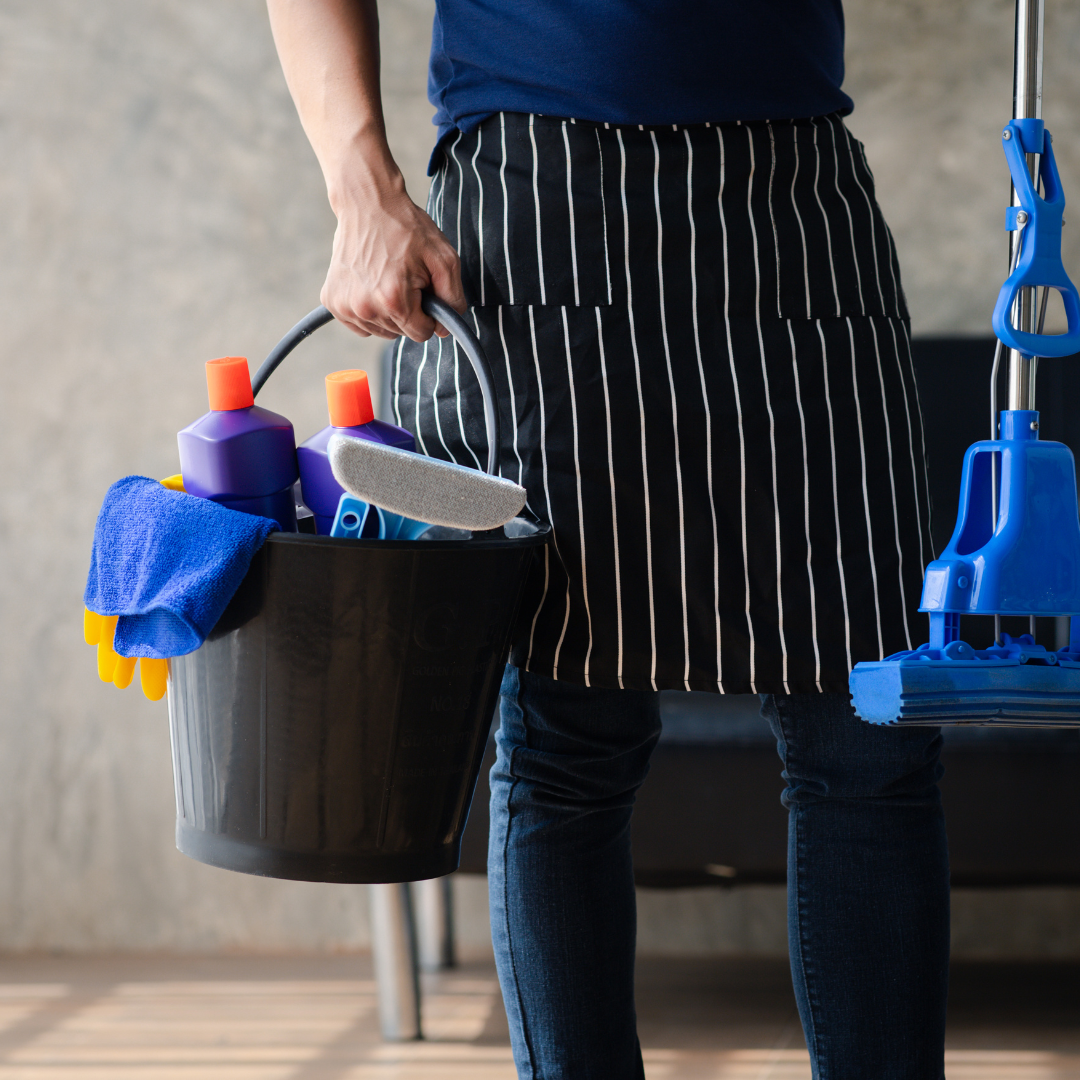Creating a Comfortable Environment with Caregiver Services
In the hustle and bustle of everyday life, finding solace and comfort within the confines of our own homes is a cherished luxury. For those who require additional support due to age, illness, or disability, the concept of home transcends mere shelter; it becomes a sanctuary of care and compassion. In our latest exploration, we delve into the realm of caregiver services and how they contribute to crafting a nurturing environment right at home.
A Sanctuary at Home: Creating a Comfortable Environment with Caregiver Services," this blog unveils the pivotal role caregivers play in fostering not just physical well-being, but also emotional tranquility within the home. From assisting with daily activities to offering companionship and specialized care, these dedicated professionals bring warmth and reassurance to those in need and their families alike. Join us on this journey as we uncover the transformative power of caregiver services in cultivating a haven of comfort and support within the familiar walls of home.
Designing a Safe and Accessible Home

Designing a safe and accessible home is crucial when it comes to creating a comfortable environment for individuals receiving caregiver services. A well-designed home not only enhances safety but also promotes independence and improves the overall quality of life. In this article, we will explore the importance of designing a safe and accessible home and provide practical tips on modifying the home layout, installing assistive devices, and ensuring adequate lighting to enhance comfort and safety.
- Assessing the Home Environment: The first step in designing a safe and accessible home is to assess the current environment. Evaluate potential hazards, such as uneven flooring, loose rugs, or cluttered pathways, that may pose a risk to mobility. Identify areas that require modifications to promote safety and accessibility.
- Modifying the Home Layout: Consider making modifications to the home layout to accommodate the specific needs of the individual. This may involve widening doorways to accommodate mobility aids, rearranging furniture to create clear pathways, or removing unnecessary obstacles to improve accessibility.
- Installing Assistive Devices: Installing assistive devices can greatly enhance safety and accessibility within the home. Consider installing grab bars in the bathroom, handrails on staircases, and non-slip mats in high-risk areas. Additionally, installing ramps or stairlifts can provide easier access to different levels of the home.
- Improving Lighting: Adequate lighting is essential for creating a safe and comfortable home environment. Ensure that all areas of the home are well-lit, including hallways, staircases, and entryways. Consider installing motion sensor lights or nightlights to assist with nighttime navigation.
- Creating a Bedroom Sanctuary: The bedroom should be a sanctuary for rest and relaxation. Ensure that the bed is at an appropriate height for easy access and invest in a comfortable mattress and supportive pillows. Install bedside lighting or remote-controlled light switches for easy accessibility during the night.
Maintaining a Clean and Organized Home
Maintaining a clean and organized home is essential for individuals receiving caregiver services. A clean and organized environment not only promotes physical health and safety but also contributes to a sense of calm and well-being. In this article, we will delve into the importance of maintaining a clean and organized home and provide practical tips to help caregivers and care recipients achieve a tidy and comfortable living space.

Promoting Physical Health
A clean and organized home plays a crucial role in promoting physical health. Regular cleaning and disinfecting help minimize the spread of germs and reduce the risk of infections. By keeping surfaces, floors, and commonly touched items clean, caregivers can create a healthier environment for care recipients, especially those with compromised immune systems.
Reducing Hazards and Accidents
An organized home ensures that pathways are clear and hazards are minimized, reducing the risk of accidents for both caregivers and care recipients. By decluttering and maintaining a tidy living space, caregivers can create a safer environment, free from tripping hazards or obstacles that may impede mobility.
Enhancing Emotional Well-being
A clean and organized home has a positive impact on emotional well-being. Clutter and disarray can contribute to feelings of stress, anxiety, and overwhelm. On the other hand, an organized home promotes a sense of calm and serenity, providing a sanctuary for relaxation and peace of mind.
Establishing Cleaning Routines
Creating a cleaning routine is essential for maintaining a clean and organized home. Caregivers can develop a schedule that includes regular tasks such as dusting, vacuuming, mopping, and sanitizing frequently touched surfaces. Breaking down cleaning tasks into manageable chunks ensures that the home remains tidy and well-maintained.
Decluttering and Streamlining Possessions
Clutter can quickly accumulate in a home, making it challenging to maintain cleanliness and organization. Caregivers and care recipients can work together to declutter and streamline possessions. This process involves sorting items, donating or discarding unnecessary belongings, and finding suitable storage solutions for essential items.
Incorporating Nature and Green Spaces
Incorporating nature and green spaces into our living environments has a profound impact on our well-being. The presence of nature can provide a sense of tranquility, promote relaxation, and contribute to overall physical and mental health. In this article, we will explore the importance of incorporating nature and green spaces into our homes when receiving caregiver services, and provide practical tips on how to bring the outdoors inside.
- Bringing Nature Indoors: One way to incorporate nature into the home is by bringing plants indoors. Indoor plants not only add beauty and visual appeal but also improve air quality by filtering toxins and releasing oxygen. Caregivers can choose low-maintenance plants, such as succulents or peace lilies, that thrive in indoor environments and require minimal care.
- Natural Light and Views: Maximizing natural light and views of the outdoors can have a positive impact on our well-being. Caregivers can arrange furniture and open curtains or blinds to allow natural light to fill the space. Additionally, positioning seating areas near windows or creating cozy reading nooks with a view of the garden can provide a connection to the outside world.
- Creating an Indoor Garden: For those with limited outdoor space, creating an indoor garden can be a wonderful way to incorporate nature into the home. Caregivers and care recipients can set up a designated area for potted plants, herbs, or even a small vertical garden. This not only adds greenery but also allows individuals to engage in gardening activities, which can be therapeutic and rewarding.
- Nature-Inspired Decor: Another way to bring nature indoors is by incorporating nature-inspired decor elements. Caregivers can choose artwork, photographs, or wall decals depicting natural landscapes, wildlife, or botanical prints. Additionally, using natural materials such as wood, stone, or rattan in furniture and decor can create a sense of connection to the outdoors.
- Creating Outdoor Spaces: If the home has access to outdoor areas, caregivers can create inviting outdoor spaces for relaxation and enjoyment. Setting up a comfortable seating area, adding potted plants or hanging baskets, and incorporating elements like bird feeders or wind chimes can transform a simple outdoor space into a peaceful retreat.
Conclusion
Home Matters Caregiving, we understand the importance of creating a clean and organized home environment to provide a comfortable sanctuary for individuals receiving caregiver services. By maintaining cleanliness, promoting organization, and involving care recipients in the process, we strive to enhance physical health, reduce hazards, and promote emotional well-being. Our dedicated caregivers work diligently to establish cleaning routines, declutter spaces, and create efficient organizational systems. Contact us at (800) 298-5140 to learn more about how we prioritize creating a comfortable environment through our caregiver services. At Home Matters Caregiving, we are committed to ensuring that your home is a sanctuary of comfort and tranquility.


